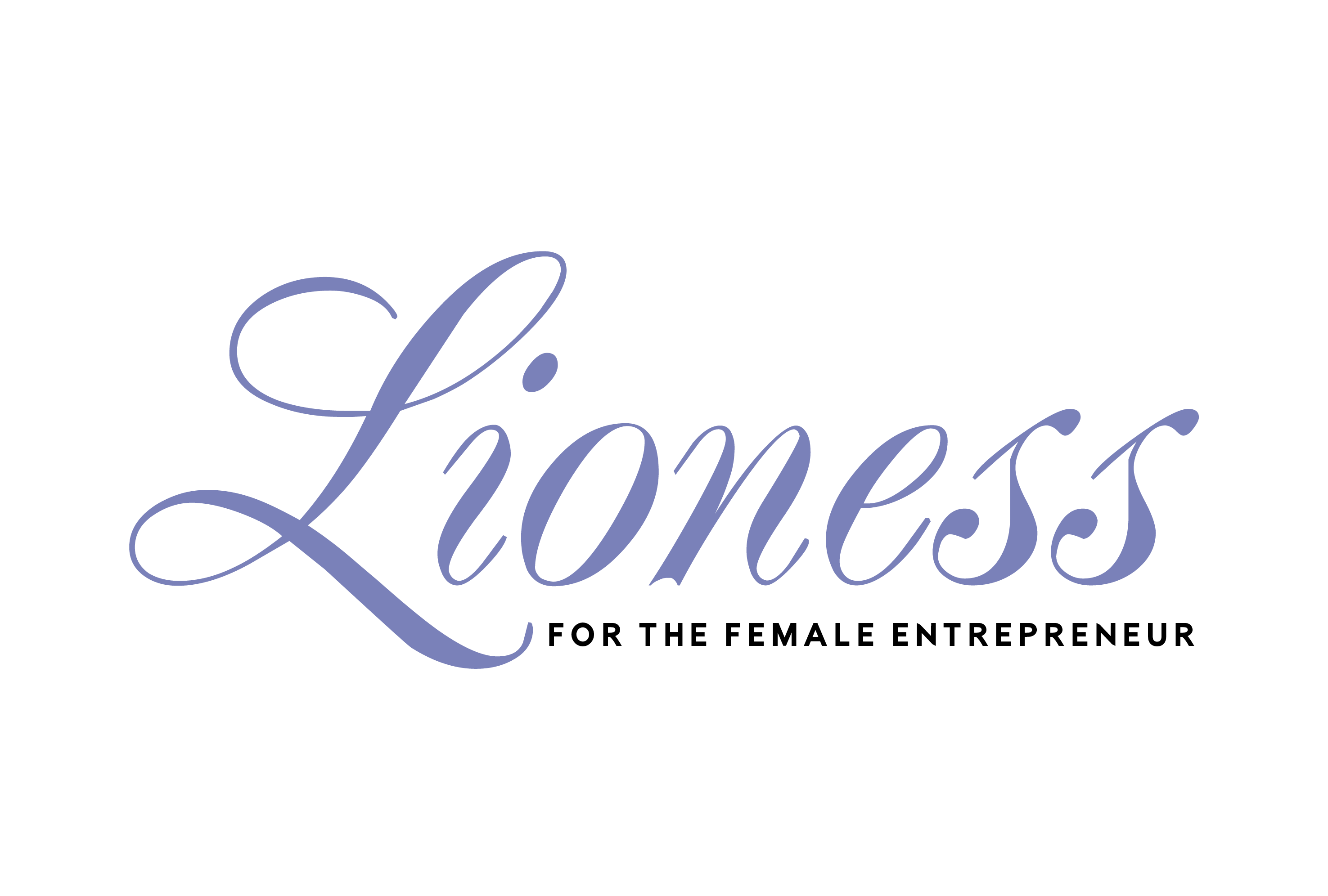
Today we are talking to Linda Lane González, president and owner of Viva Partnership based in Miami, FL. For 18 years she and her team have been helping successful, well-known, mid-sized companies ensure that their products and services are relevant to multicultural consumers, especially Hispanic consumers and by communicating their message in ways that resonate authentically.
We talked to González about changes in advertising and targeting demographics.
NC: Tell me a little about your background in advertising?
LG: I have worked in advertising since I met my mentor, Alan Capper, then Chairman of Rowland Worldwide, a Saatchi & Saatchi company, London. Working with him helped me understand early on the importance of knowing the consumer and what makes him or her tick. Twenty years or so ago, I made the move to Hispanic marketing, a move that made sense to me professionally, personally and culturally. I’ve worked with great brands including Chrysler, Hallmark, Verizon Wireless and many others – and loved every minute of it!
NC: What are some key misconceptions about advertising?
LG: Advertising generates sales is probably the greatest misconception of all. Advertising can raise awareness, stimulate interest, drive traffic and improve a brands image against certain target audiences – but it is not the end all to grow business. Marketing is key in the development of activities and programs that attract the right people to the product which makes advertising a much more successful endeavor.
NC: Numbers, numbers and more numbers. Does effective marketing always equate to sales? Are there other ways to know if your messaging is effective?
LG: Depending on the economic environment, marketing may need to equate to sales. That’s not the way it’s always been, but it is certainly true now. Growth in awareness, affinity, and interest are other ways to measure marketing effectiveness.
NC: What are some trends you’ve been seeing in the market you currently serve?
LG: I serve the Hispanic market and there is a lot of attention being given to both the Hispanic Millennial consumer and digital marketing/advertising. The Hispanic Millennial makes up approximately 25% of the total U.S. Millennial population and while there are similarities with the general market Millennial, there are notable differences that could make it or break it for marketers when communicating with this consumer. Hispanic Millennials are bilingual and bicultural – but their consumer behavior is rooted in their culture, their Hispanic culture. To win over this market, especially in the top urban centers, brands must be relevant linguistically and culturally.
And while the U.S. Census reports that the majority of the Hispanic population was born in the U.S., marketers need to keep in mind that the Spanish preferred and Bilinguals are still the Hispanic consumers that are making the major purchases. Children 18 and under, while on their way to being the majority, are not the key customers. Therefore, thoughts of switching to English from Spanish and ignoring culture in brand communication is a recipe for failure.
NC: Is a focus group still a popular measure to learn more about your target market? What are some other new strategies?
LG: Focus groups are still a popular measure to learn more about our target market, however, a modified version of the focus group works best with our target consumer groups. At viva, we developed a more effective approach that we call Charla Groups, that involve smaller groups of friends and family that know or are acquainted with one another. Rather than meeting in a focus group facility, we may meet in a participants’ house or in the environment where a purchase might be made. For example, we recently did a series of Charlas for mike’s hard lemonade focusing on Hispanic Millennials. Charlas took place in and around where this consumer lives, works and plays – in this case, bars and outdoor restaurants. The customer insight that was derived from these sessions were highly actionable on a number of levels. Hispanics don’t tend to share their thoughts and feelings openly and comfortably in a typical focus group environment – so often times, a missed opportunity for the brand.
NC: If you could give our readers two pieces of advice to help them connect and/or engage their target market more effectively in the next year, what would they be?
LG: Learn more about your consumer – listen to them – understand them – where they come from, how they grew up, what’s most important to them. Never make assumptions or judgements. Trust your advertising agency to be your guide.
Know where your consumer is engaging now and what they are looking for as far as content– is it via Social Media? Facebook or Twitter? Instagram? Make sure you have the right message, information, and platform to engage with them effectively.






Add Comment